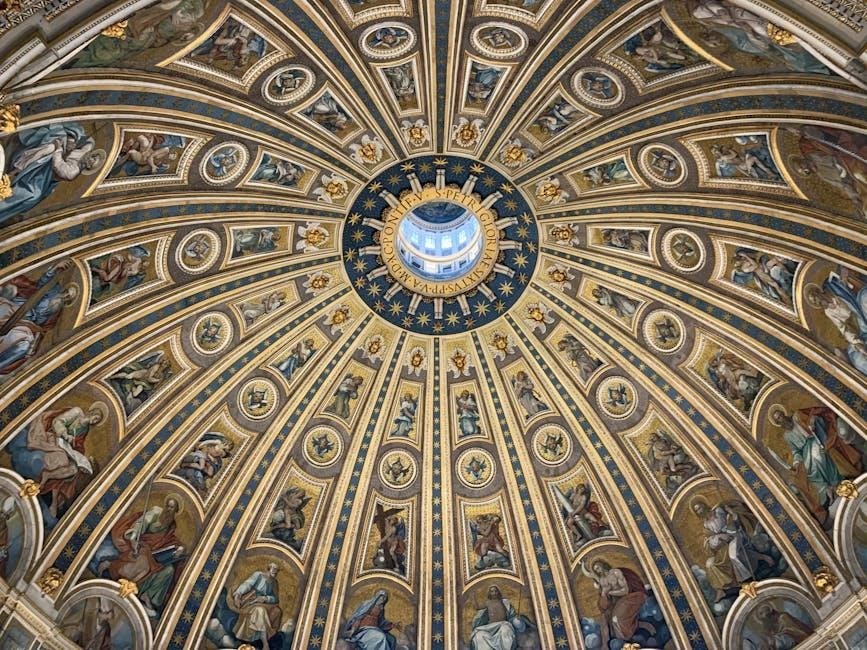Article Plan: History of Christianity Timeline
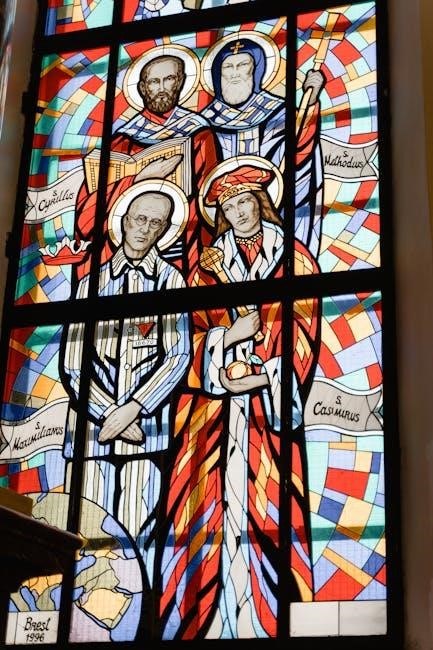
This timeline explores the rich and complex history of Christianity, from its early beginnings to its global influence today. We will look at key events, figures, and theological developments that have shaped the world’s largest religion. Join us as we explore the history of this religion.
Early Beginnings (c. 6 BCE ‒ 30 CE)
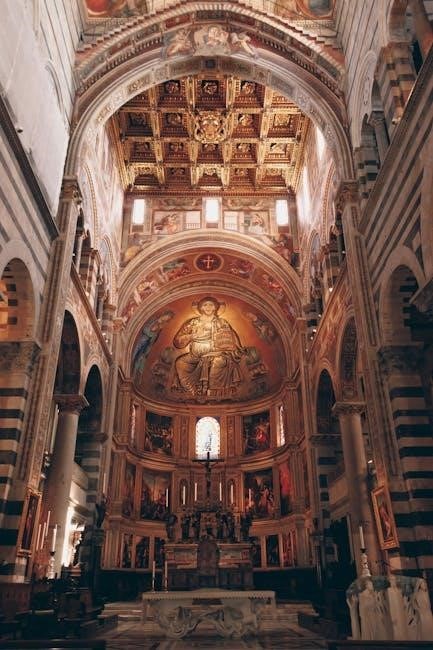
The story of Christianity starts with Jesus, a Jewish teacher and healer, around 6 BCE to 30 CE, in Roman Judea. This period lays the foundation for the faith. His ministry, marked by teachings, miracles, and a message of love and forgiveness, attracted followers and challenged the established religious norms. Jesus’ crucifixion, around 30-33 CE, is a pivotal event. His followers proclaimed his resurrection, becoming the cornerstone of Christian belief. This resurrection narrative transformed a small group of disciples into fervent apostles, ready to spread the message of Jesus. The early Christian community, rooted in Jewish tradition, began to define its distinct identity. They saw Jesus as the Messiah, fulfilling prophecies. This period sets the stage for the expansion of Christianity, influencing individuals and societies for centuries. The early years of Christianity is the most important period.
The Apostolic Age (30-100 CE)
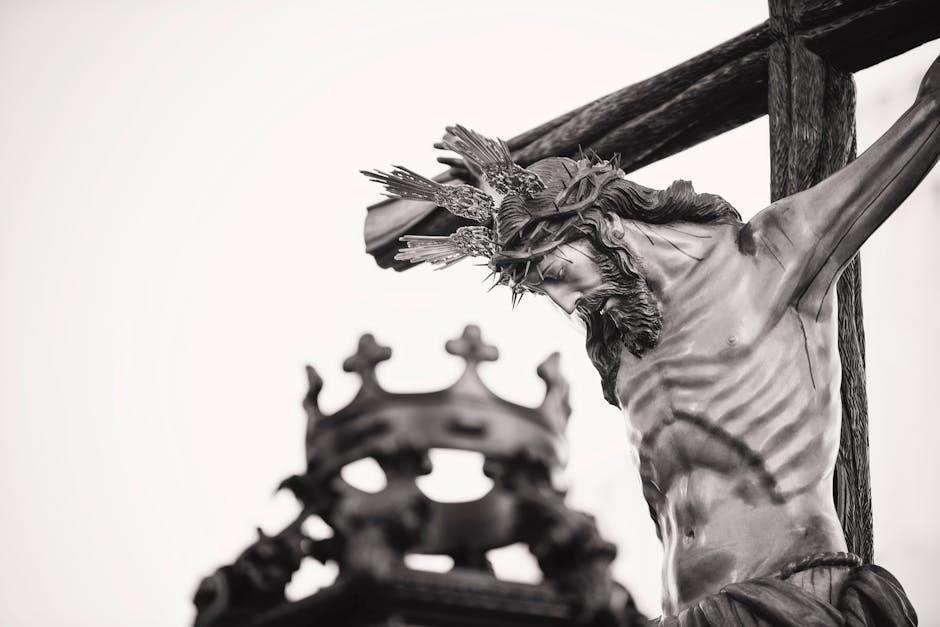
The Apostolic Age, from 30-100 CE, marks a crucial period in Christianity’s development. Following Jesus’ death and resurrection, his apostles became central figures in spreading the Gospel. These apostles, eyewitnesses to Jesus’ life, ministry, and resurrection, traveled extensively throughout the Roman Empire. They established early Christian communities and shared the teachings of Jesus. Paul the Apostle, though not one of the original twelve, played a vital role in expanding Christianity beyond its Jewish roots. His letters, forming a significant part of the New Testament, provided theological guidance and shaped early Christian doctrine. This era saw the emergence of key Christian practices, including baptism and the Eucharist. These rituals symbolized entry into the Christian community and remembrance of Jesus’ sacrifice. The Apostolic Age laid the groundwork for the institutionalization of the Church, with the development of leadership structures and the formation of Christian identity. The books of the New Testament were being written.
Ante-Nicene Period (100-325 CE)
The Ante-Nicene Period, spanning from 100 to 325 CE, represents a formative era in Christian history. This was the time before the First Council of Nicaea. During this time, Christianity experienced significant growth and faced numerous challenges. One notable aspect of this period was the growing separation between Christianity and its Jewish roots. By the end of the second century, a clear distinction emerged, accompanied by literature critical of Judaism. Despite persecution, Christianity spread throughout the Roman Empire. Early Christian writers, known as the Church Fathers, played a crucial role in shaping Christian theology and defending the faith against critics. They addressed philosophical and theological questions, clarified Christian beliefs, and established the basis for future doctrines. During this era, many of the vocations of people started to come to Christianity, and this also helped the religion grow and thrive. The Ante-Nicene Period laid the groundwork for the development of Christian orthodoxy and the establishment of the Church as a major force in the Roman world. The New Testament was confirmed during this period.
Constantine and the Edict of Milan (313 CE)
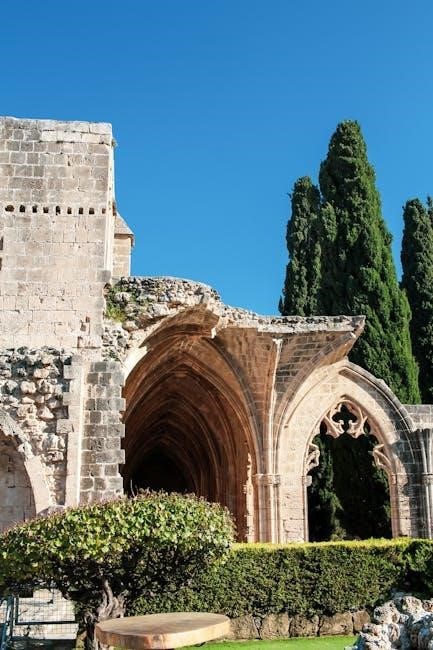
The year 313 CE marks a pivotal moment in Christian history, primarily due to Emperor Constantine’s issuance of the Edict of Milan. This edict was a landmark decree that granted religious tolerance throughout the Roman Empire, effectively ending the persecution of Christians; Before this, Christians faced severe oppression, including imprisonment, torture, and execution, for their beliefs. The Edict of Milan not only stopped the persecution but also allowed Christians to practice their faith openly and legally. Constantine’s decision had far-reaching consequences for the development and spread of Christianity. It paved the way for the religion to become a dominant force in the Roman Empire and eventually beyond. Constantine’s support for Christianity extended beyond the Edict of Milan. He actively promoted the religion by commissioning the construction of churches, funding Christian projects, and granting privileges to Christian leaders. The Edict of Milan marked the end of the period of persecution. This event marks a turning point in Christianity.
The Rise of Christian Theology: Augustine (354-430 CE)
Augustine of Hippo, born in 354 CE, stands as a towering figure in the development of Christian theology. His writings and philosophical insights profoundly shaped Christian doctrine and continue to influence theological thought to this day. Augustine’s intellectual journey was marked by a search for truth and meaning, leading him through various philosophical schools before his conversion to Christianity in 386 CE under the influence of Ambrose of Milan. Augustine’s conversion marked a turning point in his life and intellectual pursuits. After this Augustine dedicated himself to exploring the depths of Christian faith. His works, including “Confessions” and “City of God,” are considered classics of Western literature and theology. Augustine’s theological contributions include his exploration of grace, predestination, and the nature of evil. He argued that human beings are inherently flawed and incapable of achieving salvation through their own efforts, emphasizing the necessity of divine grace. Augustine is often referred to as the best and most influential theologian.
The Fall of Rome and Celtic Christianity (5th Century)
The 5th century witnessed the decline and eventual fall of the Western Roman Empire, a cataclysmic event that profoundly impacted the development of Christianity in Europe. As Roman authority waned, new forms of Christian expression emerged, particularly in the Celtic regions of Ireland, Wales, and Scotland. Celtic Christianity developed distinct characteristics, setting it apart from the Roman Christian tradition. One notable feature was its emphasis on monasticism, with monasteries serving as centers of learning, spirituality, and community life. Celtic monks played a crucial role in preserving classical knowledge and spreading Christianity throughout the British Isles and beyond. The monastery on a promontory was well placed to be a major centre of Celtic Christianity. Celtic Christianity shared them with the other Celtic-speaking countries: Ireland, Cornwall. In the 500 years after the fall of the Roman Empire, the Christianity of Wales had its own marked characteristics.
Synod of Carthage and the New Testament Canon (397 CE)
The Synod of Carthage, held in 397 CE, represents a pivotal moment in the history of Christianity, particularly in the formation of the New Testament canon. This synod, attended by bishops from North Africa, played a crucial role in solidifying the list of books recognized as authoritative scripture within the Christian Church. While the process of canon formation had been ongoing for centuries, the Synod of Carthage provided a significant step towards a widely accepted and standardized New Testament.
The synod affirmed the inclusion of the 27 books that comprise the New Testament today. This decision was based on factors such as apostolic authorship, consistency with established Christian teachings, and widespread use within the Christian community. By formally recognizing these books, the Synod of Carthage helped to establish a clear boundary between canonical and non-canonical texts, providing a foundation for Christian doctrine and practice. 397: Synod of Carthage, confirms the 27 books of the New Testament .
The Reformation (16th Century)
The 16th century witnessed a seismic shift within Christianity known as the Reformation, a period of profound religious, political, and social upheaval that reshaped the Christian landscape. Sparked by Martin Luther’s Ninety-Five Theses in 1517, the Reformation challenged the authority of the papacy and questioned established doctrines and practices of the Roman Catholic Church. Luther’s emphasis on salvation through faith alone, the Bible as the ultimate authority, and the priesthood of all believers resonated with many who felt alienated by the perceived corruption and abuses within the Church.
The Reformation led to the emergence of Protestantism, a diverse movement encompassing various denominations such as Lutheranism, Calvinism, and Anglicanism. These Protestant groups rejected papal supremacy, emphasized individual interpretation of scripture, and advocated for reforms in worship and church governance. The Reformation had far-reaching consequences, including religious wars, political realignments, and the rise of nation-states. 1511 Antonio de Montesinos preaches a sermon criticizing Spanish abuses in Hispaniola.
Christianity in the Modern Era (16th Century ‒ Present)
The period from the 16th century to the present marks a transformative era for Christianity, characterized by both internal developments and engagement with the rapidly changing world. The spread of colonialism and exploration facilitated the global expansion of Christianity, with missionaries venturing to new lands and establishing churches and communities worldwide. This expansion led to the encounter between Christianity and diverse cultures, resulting in both conversions and syncretism.
The rise of science and reason in the Enlightenment challenged traditional Christian beliefs, leading to theological debates and the emergence of liberal theology. The 20th and 21st centuries witnessed the growth of Pentecostalism and charismatic movements, emphasizing spiritual gifts and personal experiences of faith. Additionally, Christianity has played a role in social justice movements, advocating for civil rights, equality, and peace. The modern era continues to present Christianity with challenges and opportunities as it navigates a globalized and increasingly secularized world. His monastery on a promontory pushing out to the western sea was well placed to be a major centre of Celtic Christianity.
